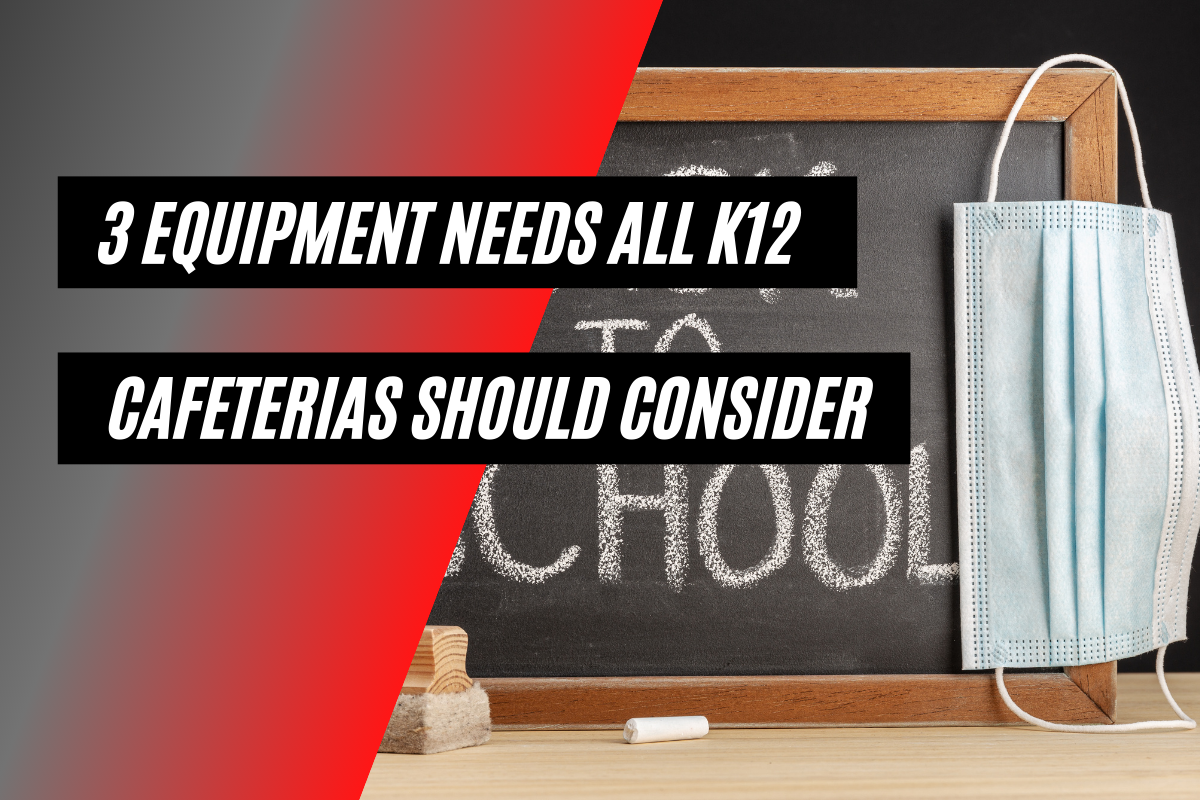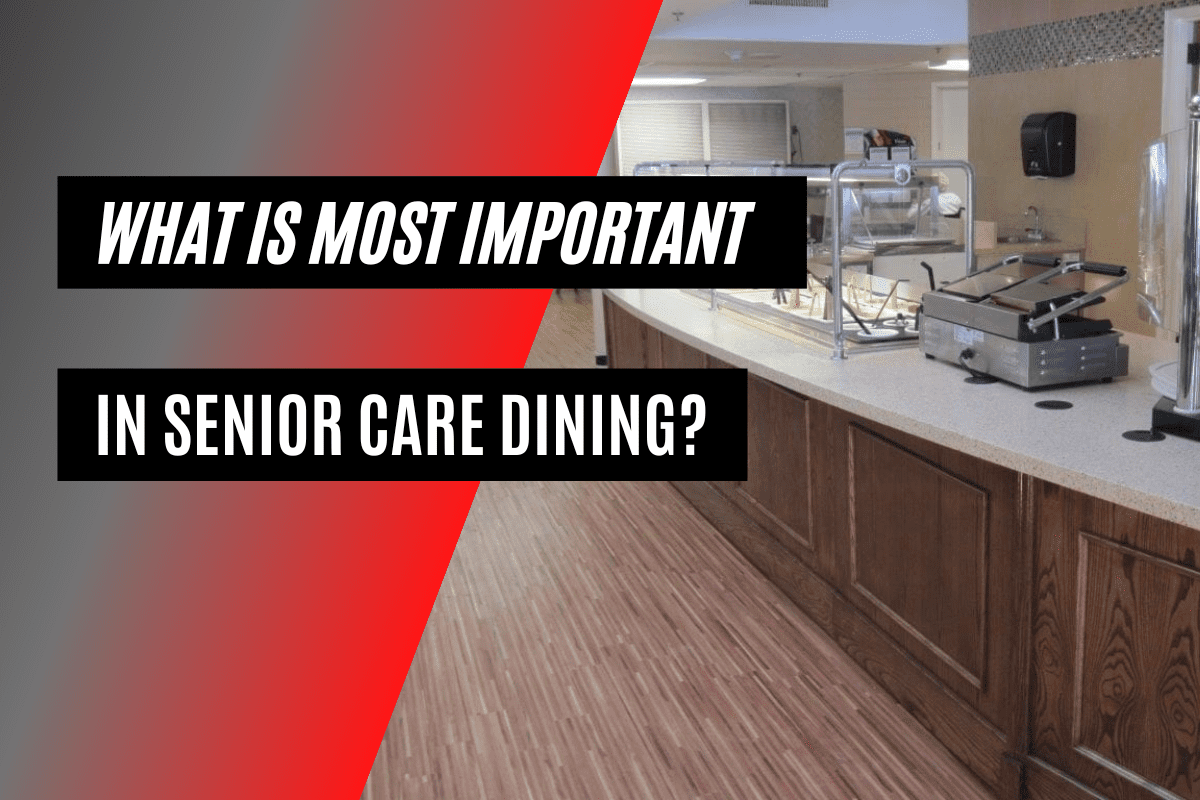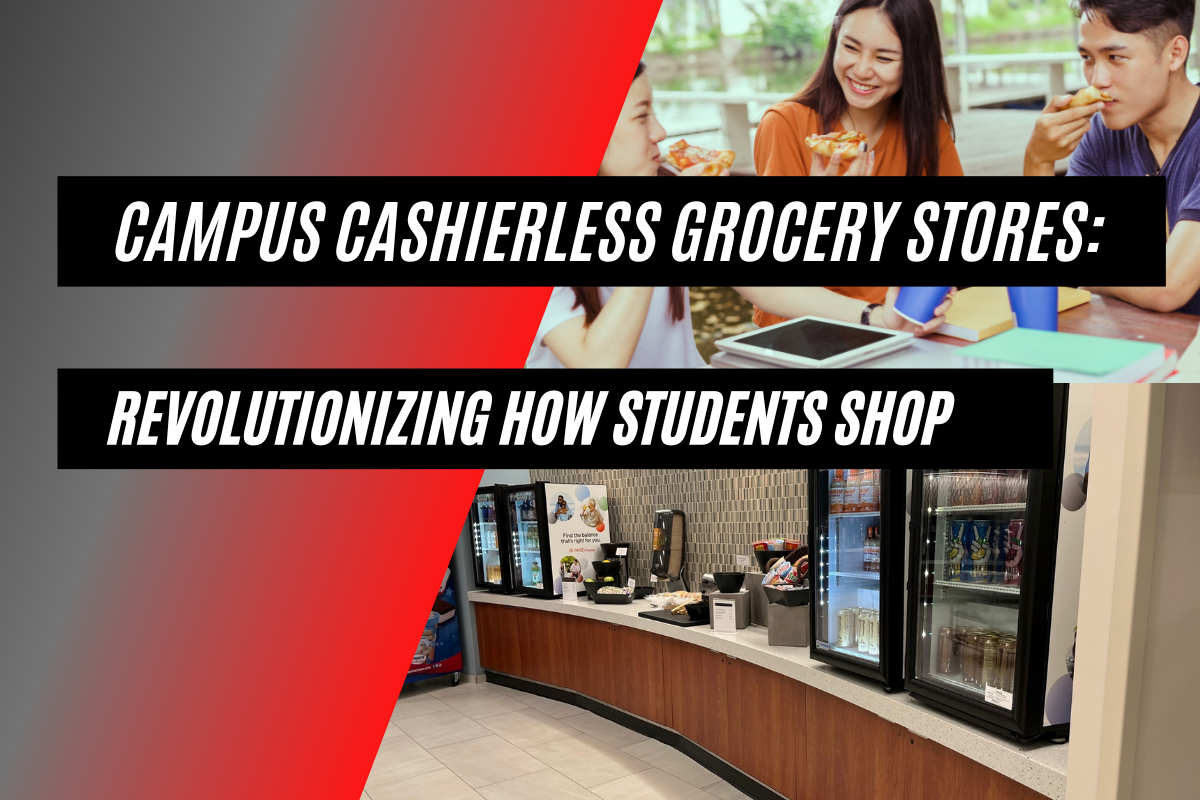Due to the massive cultural shift toward online purchasing, retailers are being forced to react to changing customer preferences faster than ever before. But there is a secret weapon in the battle for customer attention in brick and mortar retail: portable retail equipment.
Flexibility Wins
Despite the crushing competition of the internet, a retail space still might languish for years before it’s “their turn” for a refresh, locked-in to their arrangement until a capital expenditure can be justified.
Operators with a permanent layout are constrained to surface-level adjustments such as new signage or seasonal decorations. While such tweaks can help keep a concept fresh and approachable, they still don’t have the flexibility to address baseline issues (e.g., solving for traffic-flow problems) or capitalize on opportunities (e.g., expanding to meet demand) without requiring significant capital for renovation.
How are operators using portable equipment to win?
Through building layouts around portable equipment (or supplementing static layouts with kiosks or pop-up restaurants), operators around the world are landing big wins through faster reaction to new situations and shifting trends within their local customer base.
New Berlin High School is a great example of strategic portable equipment use. New Berlin wanted to incorporate a grab & go “café” concept for both mornings and after-school activities.
By capitalizing on an underutilized area of their library, they could capture additional revenue and student engagement outside of the cafeteria.
Using portable retail equipment, they integrated a complete retail coffee concept that could fully adapt to the needs of their student body.
Facebook HQ – NYC is another example of strategic portable equipment designed for Facebook’s headquarters in New York City.
Facebook wanted to build out a flexible food area that captured the diversity and mobility of the surrounding area. Using subway-inspired food stations, they established a highly successful foodservice area able to accommodate Facebook’s wide range of employees.
A well-executed Brick and Mortar strategy can still compete with digital
The digital revolution has put all the buying power into the hands of the customer, and it’s changed the way that people (especially students) make purchasing decisions.
People have become accustomed to the ever-changing flexibility of websites, and they expect that all the best operations will care enough about them to be just as flexible.
But for established brick and mortar locations, there is still hope.
By building a merchandising strategy around flexibility and a keen awareness of the customer’s needs, retail operators can equip themselves to fully delight their customers and keep them coming back for more.




